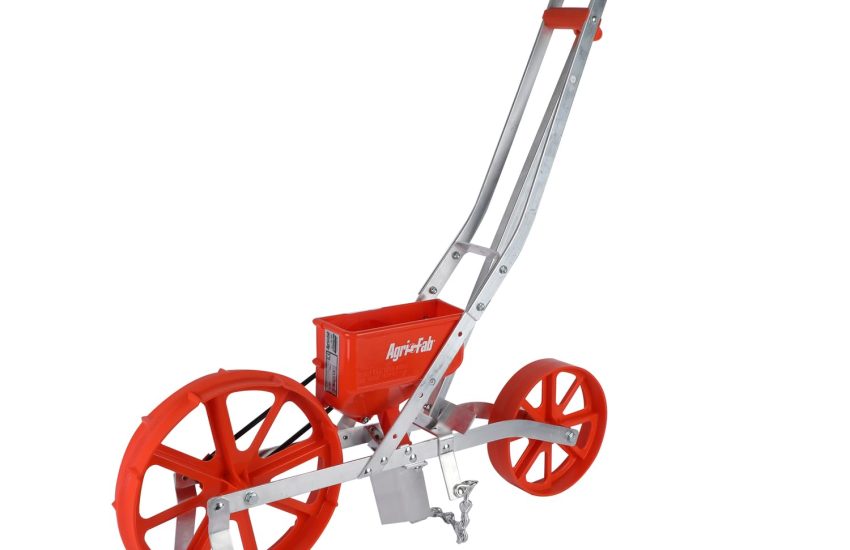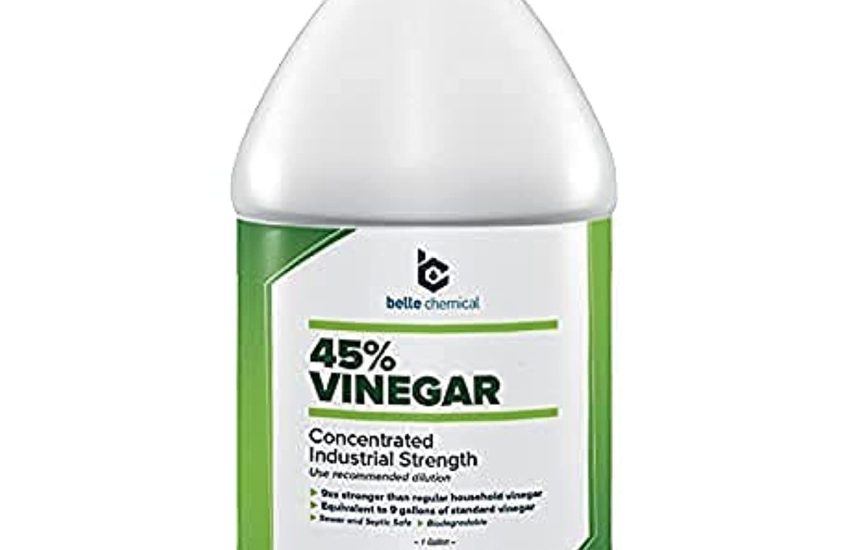Top 5 Durable Cultivators for Professional Gardeners in 2025 Reviewed
We independently select all products and services. If you click through links we provide, Plant Native may earn a commission with no extra cost to you.
Cultivators are must-haves for professional gardeners. They break up and aerate soil quickly and efficiently.
These tools prep planting beds, rip out weeds, and mix in soil amendments. It just makes crop cultivation a whole lot less of a hassle.
Doesn’t matter if you’re working in a tiny greenhouse or a sprawling outdoor plot—a tough cultivator keeps up with demanding work. Durability means you can count on it season after season.
Cultivators built for pros usually use heavy-duty materials and ergonomic handles. They’re designed to power through tough soil and keep your arms from falling off after hours of use.
When you’re picking a cultivator, build quality, motor power, tine shape, and maintenance all matter. Weight and maneuverability come into play too; nobody wants to wrestle a beast of a machine all day.
We spent a lot of time digging, testing, and comparing to find the five best cultivators that really stand up to pro-level gardening.
Top 5 Durable Cultivators for Professional Gardeners
We dug deep (literally and figuratively) to find cultivators that hold up to real professional use. Here are the most durable and efficient models that actually deliver.
Sun Joe Electric Tiller
If you want reliable power and simple handling in tight garden spaces, this one’s a strong contender.
Pros
- 13.5-amp motor chews through tough soil
- Rust-proof steel tines take a beating
- Folding handle and adjustable wheels make storage and control easier
Cons
- Cord limits your range—grab an extension
- At 27 pounds, it’s a little hefty
- Doesn’t love super rocky ground
We liked how fast the Sun Joe tore through compacted soil. Its steel tines sliced right through clumps, so prepping beds took less elbow grease.
The adjustable wheels and folding handle made it surprisingly comfortable to use. Stashing it away or moving it around wasn’t a chore.
The electric motor ran quietly—no gas or oil fuss. Just plug it in and go. The only snag was the cord, which meant we had to keep an extension handy.
It’s on the heavier side, but that solid build gave us confidence it’ll last. It’s best for regular garden soil and lighter tilling, though. Rocky or root-heavy patches? Not its strong suit.
Mantis 7940 4-Cycle Tiller
Professional gardeners who want a lightweight but tough tiller should check this out.
Pros
- Super lightweight and easy to move
- Honda 4-cycle engine—no mixing fuel
- Throttle lets you dial in the speed
Cons
- Doesn’t love really hard or untouched ground
- Tine speed takes a little getting used to
- Kickstand feels a bit wobbly
We zipped around tight garden beds with the Mantis 7940. At 24 pounds, it’s easy to carry and shift between rows.
The ergonomic handles helped us avoid sore arms. That Honda engine? It turned over sod and compacted dirt faster than we expected.
Infinite throttle adjustment was handy for working gently around seedlings or powering through dense patches. Storage is a breeze with the folding handles.
Wish the kickstand was sturdier—it tipped once or twice on uneven ground. Still, this tool feels like it’ll stick around for years.
Emsco Group 4-Prong Fiberglass Cultivator
This cultivator is a solid pick for everyday soil work.
Pros
- Steel head shrugs off wear and bending
- Fiberglass handle won’t splinter
- D-Grip gives you better control
Cons
- Handle feels a bit hollow sometimes
- Grip sleeve can slip off after heavy use
- Not built for super rocky or heavy soil
We found the four prongs dug into garden beds easily. Breaking up compacted patches didn’t take much effort, and the steel blade kept its edge.
The fiberglass handle balanced nicely in our hands, even with gloves. No worries about splinters or soggy wood.
We liked the D-grip for leverage, especially in tougher spots. The only letdown? The handle felt a little less sturdy than we’d hoped when we really leaned in. The grip sleeve slid off once after some hard digging, which was annoying.
Still, for regular garden soil, it’s a handy tool.
BILT HARD Electric Tiller
If you need a lightweight but punchy cultivator for small or medium beds, this one works well.
Pros
- Light and easy to maneuver
- Motor cuts through clay and soft soil
- Handles fold for quick storage
Cons
- Not great in very hard or rocky soil
- Can bounce out of the ground under pressure
- Needs electric power nearby
We liked how easy the BILT HARD tiller was to handle. At under 18 pounds, moving it between beds or packing it up was no sweat.
The 10-amp motor surprised us with its strength. Four rust-resistant tines turned over dense clay without much fuss.
Adjustable wheels helped us switch between moving fast and digging deep. On harder patches, the lightweight frame bounced a bit, so we slowed down for better control.
It’s great for loosening soil, mixing compost, and pulling weeds. For pros working in smaller plots with electricity nearby, it’s dependable and won’t wear you out.
Greenworks 40V Cordless Cultivator
This cultivator makes battery-powered work in light to medium garden soil a breeze—no gas, no mess.
Pros
- Super light and easy for longer jobs
- Adjustable width fits different rows
- No-maintenance electric operation
Cons
- Not strong enough for really tough or rocky soil
- Battery limits how long you can work
- Takes some muscle in dense dirt
We found setup and use very straightforward. Rear wheels made maneuvering around beds simple, and adjustable width let us squeeze between narrow rows.
It handled standard garden soil just fine, but compacted, stony dirt slowed it down. Forward and reverse tines gave us options for shallow or deep work.
Battery life ran about 45 minutes—enough for most regular jobs, but not for huge plots. For pros who want an efficient, low-hassle tool for medium gardens, this one fits the bill.
Buying Guide
When you’re picking out a durable cultivator, start with build quality. Heavy-duty steel and reinforced plastics usually last longer, especially if your garden throws a lot at your tools.
A sturdy frame helps, and rust-resistant parts can really extend the tool’s life. Nobody wants to replace their cultivator every season.
The power source is next on the list. Gas-powered cultivators pack a punch for larger spaces.
If your garden’s small or you just don’t want the hassle, electric or battery models are honestly easier. Maintenance is lighter, too.
Tine design matters a lot for effective soil cultivation. Tines need to dig deep and stay strong without bending.
If you can adjust or swap out the tines, that’s a win. It means you can handle different soil types without much fuss.
Ergonomics might sound boring, but it’s a lifesaver during long sessions. We always check for comfortable handles and adjustable heights.
Vibration control is another big deal. Less shaking means less fatigue, and who doesn’t want that?
Ease of maintenance is something you shouldn’t overlook. If you can get to the parts easily and cleaning is simple, you’ll save yourself a headache.
Having spare parts available for quick fixes is also a big plus.
| Feature | What to Look For | Why It Matters |
|---|---|---|
| Build Quality | Heavy-duty steel, rust resistance | Durability and longevity |
| Power Source | Gas, electric, or battery | Suits garden size and needs |
| Tine Design | Adjustable, replaceable, strong | Effective soil penetration |
| Ergonomics | Comfortable handles, less vibration | Reduces fatigue |
| Maintenance Ease | Accessible parts, spare part availability | Saves time, ensures usability |







